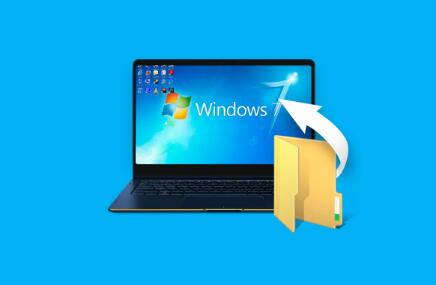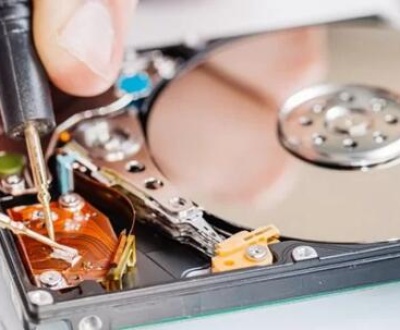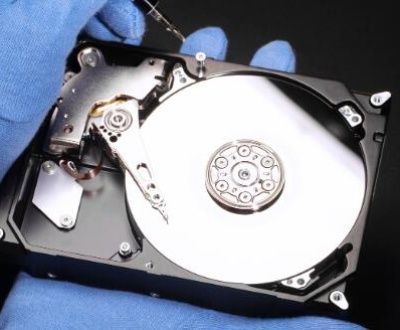Accidental file deletion can happen to anyone, whether it’s that important work document or cherished family photos. Fortunately, various free software options can help you recover deleted files without breaking the bank.
File Deletion
When you delete a file, it typically goes to the Recycle Bin (on Windows) or Trash (on macOS). However, if you delete it from there or empty the bin, the file isn’t immediately erased. Instead, the space it occupies is marked as available for new data. Until that space is overwritten, file recovery software can potentially restore the deleted files.
Popular Free File Recovery Software
1. Panda Assistant
Panda Assistant also offers a unique preview feature, allowing users to view recoverable files before initiating the recovery process. This not only saves time but also ensures that users can quickly locate the files they need. Additionally, the software is equipped with secure overwrite options to prevent unauthorized recovery of sensitive data.
Regular updates keep Panda Assistant optimized for the latest operating systems and file systems, ensuring that it remains reliable and effective. With a robust support system, users can easily access help and resources, enhancing the overall experience.

2. PhotoRec
Overview: PhotoRec is an open-source recovery tool that focuses on recovering lost files, including photos, videos, and documents, from hard disks, CD-ROMs, and memory cards.
Features:
File Type Support: It supports over 480 file formats, making it versatile for various recovery tasks.
Cross-Platform: Available on multiple operating systems, including Windows, macOS, and Linux.
How to Use:
Download and install PhotoRec.
Launch the software; it will run in a command-line interface.
Select the storage device to recover files from.
Choose the file system type (FAT, NTFS, ext2/ext3).
Select the destination to save recovered files and start the recovery process.
Pros and Cons:
Pros: Powerful, supports many file formats, effective for formatted disks.
Cons: Less user-friendly, command-line interface may be daunting for some users.
3. TestDisk
Overview: Often used alongside PhotoRec, TestDisk is primarily designed for recovering lost partitions and making non-booting disks bootable again. However, it can also recover deleted files.
Features:
Partition Recovery: Can recover deleted partitions and fix partition table issues.
Extensive File System Support: Works with FAT, NTFS, exFAT, ext2. and ext3 file systems.
How to Use:
Download and install TestDisk.
Launch the software and select the storage device.
Choose the partition table type and analyze the disk.
Follow the prompts to recover lost partitions and files.
Pros and Cons:
Pros: Powerful for advanced recovery tasks, capable of repairing partition tables.
Cons: Requires technical knowledge, command-line interface can be challenging.
4. EaseUS Data Recovery Wizard
Overview: EaseUS offers a free version of their Data Recovery Wizard, which is intuitive and effective for recovering deleted files.
Features:
User-Friendly Interface: Designed for users of all skill levels, making it easy to navigate.
Preview Option: Lets you preview files before recovery.
How to Use:
Download and install the free version.
Open the application and select the location to scan.
Start the scan and wait for it to finish.
Preview and select files to recover, then click “Recover.”
Pros and Cons:
Pros: Easy to use, effective for various recovery scenarios, good preview function.
Cons: Limited to 2GB of free recovery, advanced features require a paid version.
5. Disk Drill
Overview: Disk Drill offers a robust free version that allows users to recover up to 500MB of data on Windows. It’s equipped with additional features for data protection.
Features:
Data Protection Tools: Includes features like Recovery Vault and Guaranteed Recovery.
Multiple File System Support: Works with NTFS, FAT32. EXT4. and HFS+.
How to Use:
Download and install Disk Drill.
Launch the application and select the drive to scan.
Start the scan process and review the found files.
Select files for recovery and choose a destination.
Pros and Cons:
Pros: Easy to navigate, additional data protection features, effective for various file types.
Cons: Free recovery limited to 500MB on Windows, full features require purchase.
6. Panda Recovery
Overview: Panda Recovery is a straightforward tool focused on retrieving deleted files from FAT and NTFS drives.
Features:
User-Friendly Interface: Simple design makes it easy for beginners.
Quick Recovery: Fast scanning process for quick file retrieval.
How to Use:
Download and install Panda Recovery.
Open the application and select the drive to scan.
Review the found files and select the ones to recover.
Click “Recover” to restore the files.
Pros and Cons:
Pros: Easy to use, quick scanning, lightweight.
Cons: Limited advanced features, not as powerful as other options.
Tips for Maximizing Recovery Chances
Stop Using the Drive: If you realize a file is deleted, immediately stop using the drive to prevent overwriting data.
Use Recovery Software Promptly: The sooner you use recovery software, the better your chances of retrieving the files.
Recover to a Different Drive: Always save recovered files to a different drive to avoid further data loss.
Regular Backups: Implement a routine backup strategy to minimize the risk of losing important files in the future.
About us and this blog
Panda Assistant is built on the latest data recovery algorithms, ensuring that no file is too damaged, too lost, or too corrupted to be recovered.
Request a free quote
We believe that data recovery shouldn’t be a daunting task. That’s why we’ve designed Panda Assistant to be as easy to use as it is powerful. With a few clicks, you can initiate a scan, preview recoverable files, and restore your data all within a matter of minutes.
Subscribe to our newsletter!
More from our blog
See all postsRecent Posts
- Data recovery salt lake city utah 2025-04-18
- Data recovery sacramento 2025-04-18
- Data recovery miami 2025-04-18

 Try lt Free
Try lt Free Recovery success rate of up to
Recovery success rate of up to









